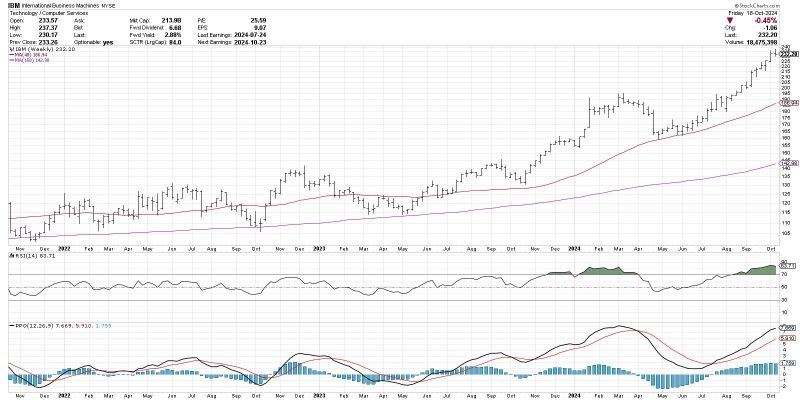
Unraveling the Mystery: How the MACD Histogram Predicts Trend Changes
Analyzing Trend Changes: Unveiling the Potential of the MACD Histogram
Understanding market dynamics and predicting trend changes are essential skills for successful trading in the financial markets. Traders and investors constantly seek out tools and indicators that can give them an edge in deciphering market movements. One such tool that has gained popularity among technical analysts is the Moving Average Convergence Divergence (MACD) histogram.
The MACD histogram is a versatile indicator that combines aspects of trend-following and momentum oscillators to provide insights into the strength and direction of a trend. By understanding how the MACD histogram works and interpreting its signals, traders can potentially anticipate trend changes and take advantage of profitable trading opportunities.
At its core, the MACD histogram is derived from the MACD line, which is calculated by subtracting a longer-term Exponential Moving Average (EMA) from a shorter-term EMA. The histogram component of the MACD indicator represents the difference between the MACD line and its signal line, which is a further smoothed version of the MACD line itself.
One of the key features of the MACD histogram is its ability to visually represent the convergence and divergence of the MACD line and the signal line. When the MACD line crosses above the signal line, it generates a bullish signal, indicating potential upward momentum in the price action. Conversely, when the MACD line crosses below the signal line, it generates a bearish signal, suggesting potential downward pressure.
In addition to signaling potential trend changes, the MACD histogram also provides insights into the momentum of a trend. The height of the histogram bars indicates the strength of the trend, with taller bars suggesting greater momentum. Traders can look for divergences between the price action and the MACD histogram to identify potential trend reversals or weaknesses.
Furthermore, traders often use the MACD histogram in conjunction with other technical indicators or chart patterns to confirm their trading decisions. By employing a multi-faceted approach to analysis, traders can reduce false signals and increase the likelihood of making profitable trades.
While the MACD histogram can be a powerful tool for anticipating trend changes, it is essential for traders to exercise caution and employ risk management strategies. Like any technical indicator, the MACD histogram is not foolproof and can generate false signals, especially in choppy or ranging markets.
In conclusion, the MACD histogram offers traders a valuable tool for analyzing trend changes and momentum in the financial markets. By understanding how to interpret the signals generated by the MACD histogram and integrating it into a comprehensive trading strategy, traders can potentially improve their trading performance and capitalize on market opportunities.
